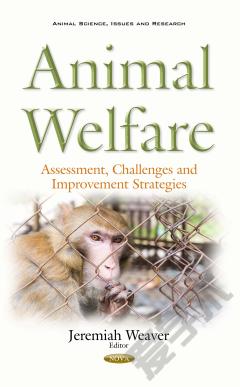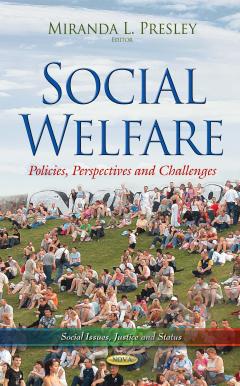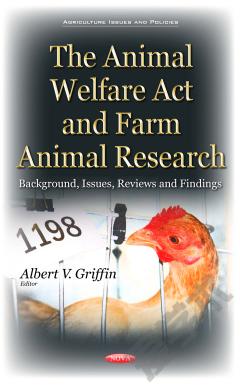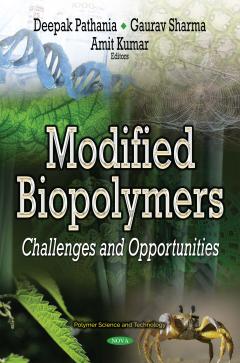Animal Welfare: Assessment, Challenges and Improvement Strategies
Animal welfare science has advanced greatly in the last several decades. This trend is also evident in the zoo and aquarium community, where resources are increasingly being dedicated to better understanding how captivity impacts animals and how best to assess and improve the welfare of individual animals living in the care of humans. In this book, Chapter One examines how far the zoo community has come in addressing the welfare needs of animals in varying housing conditions and highlights areas in need of further attention and research. Chapter Two discusses animal welfare from the viewpoints of cruelty, conservation of wild animals and veterinary attention. Chapter Three examines the justifications for the criminalisation of bestiality and argues that bestiality should be placed within the confines of animal welfare legislation and the focus should be on the animal and respecting the animal and its need to be able to exhibit normal behaviour patterns and its need to be protected from sexual abuse. Chapter Four analyzes from a legal perspective the European Union’s (EU) measures and strategies for animal welfare in its external relations and highlights the development of the concept of animal welfare in the EU and in its relationships with the rest of the world. Chapter Five studies the growing demand for healthier animal products and the improvement of animal well-being.
{{comment.content}}








 京公网安备 11010802027623号
京公网安备 11010802027623号